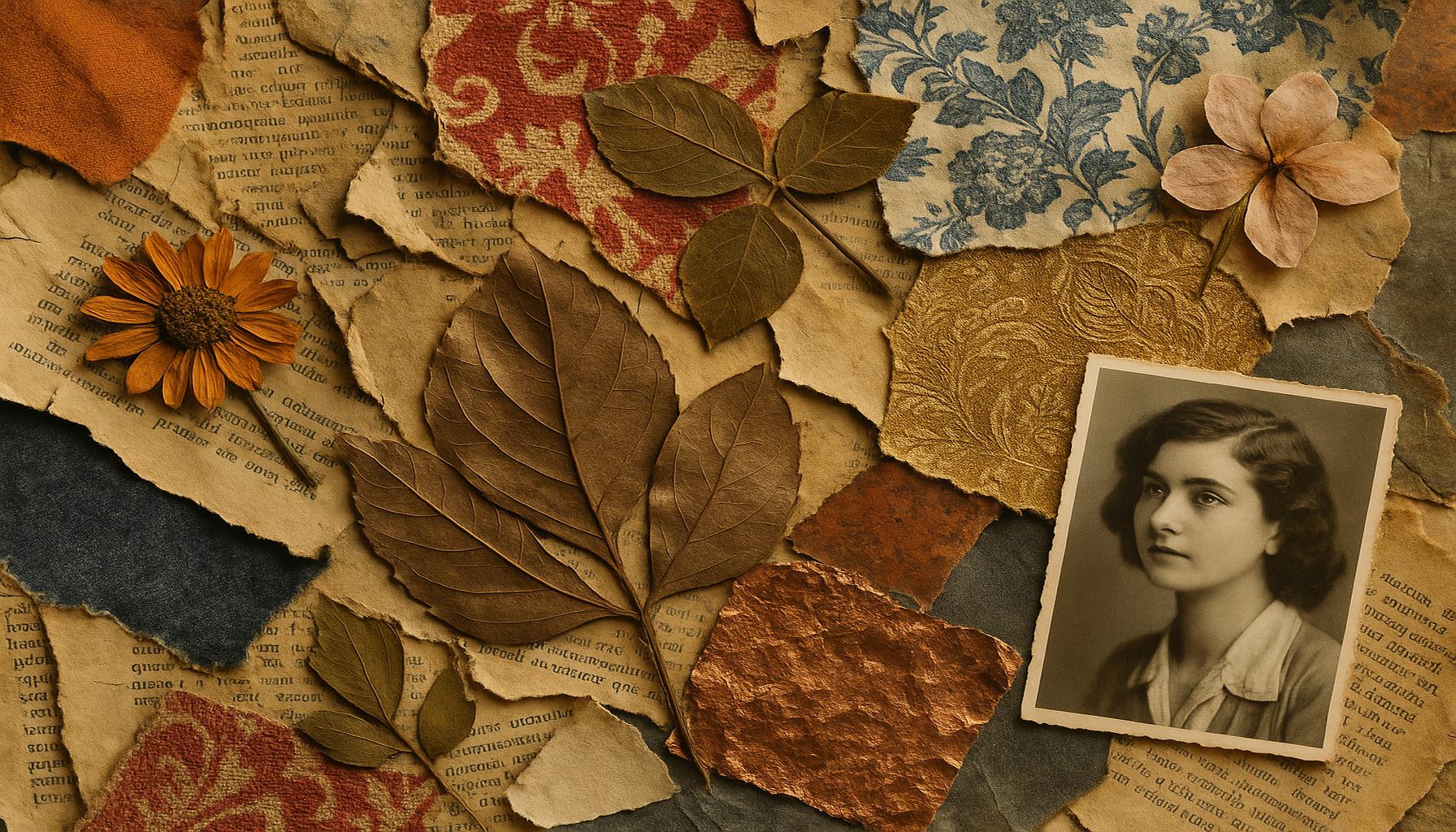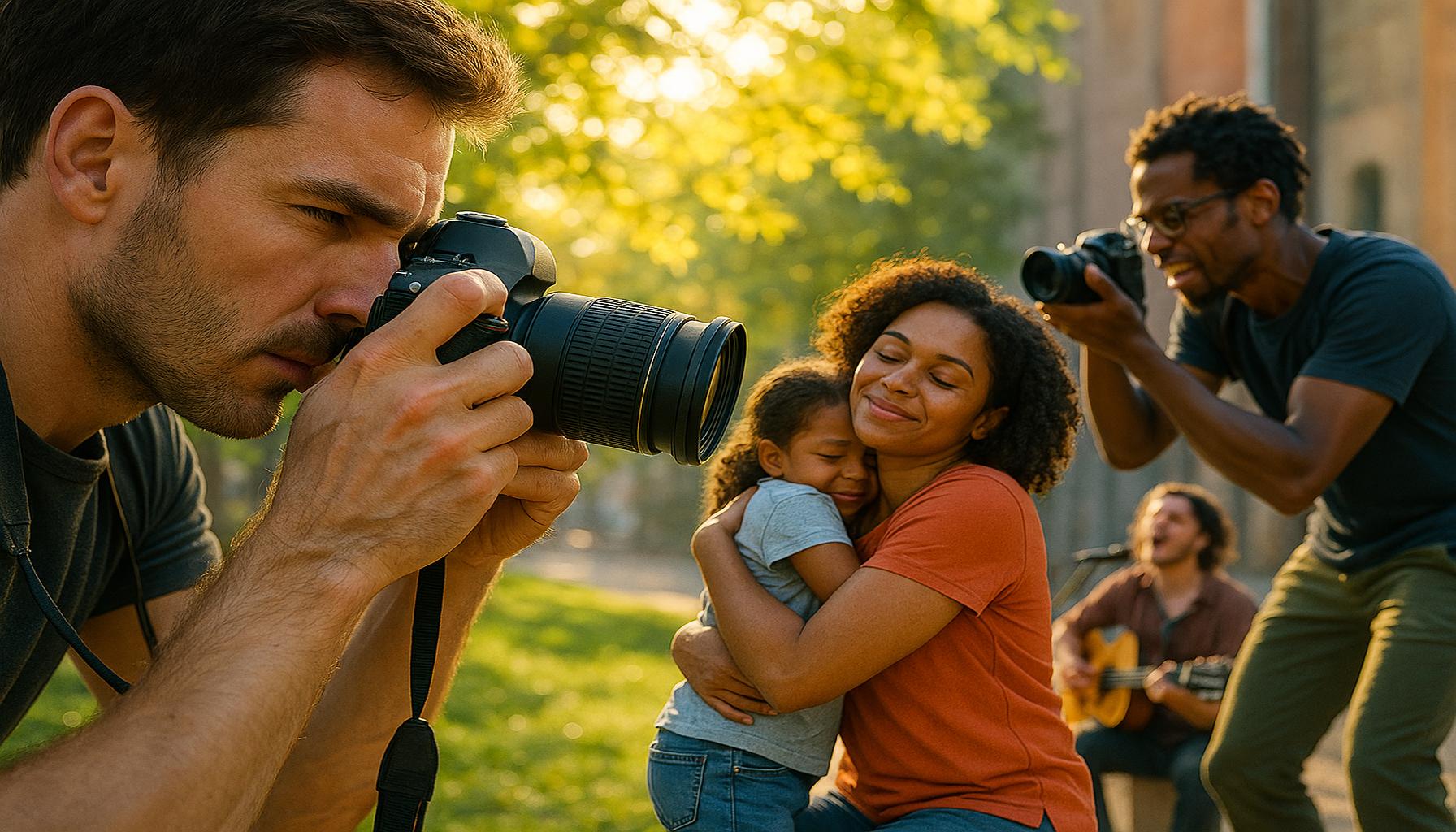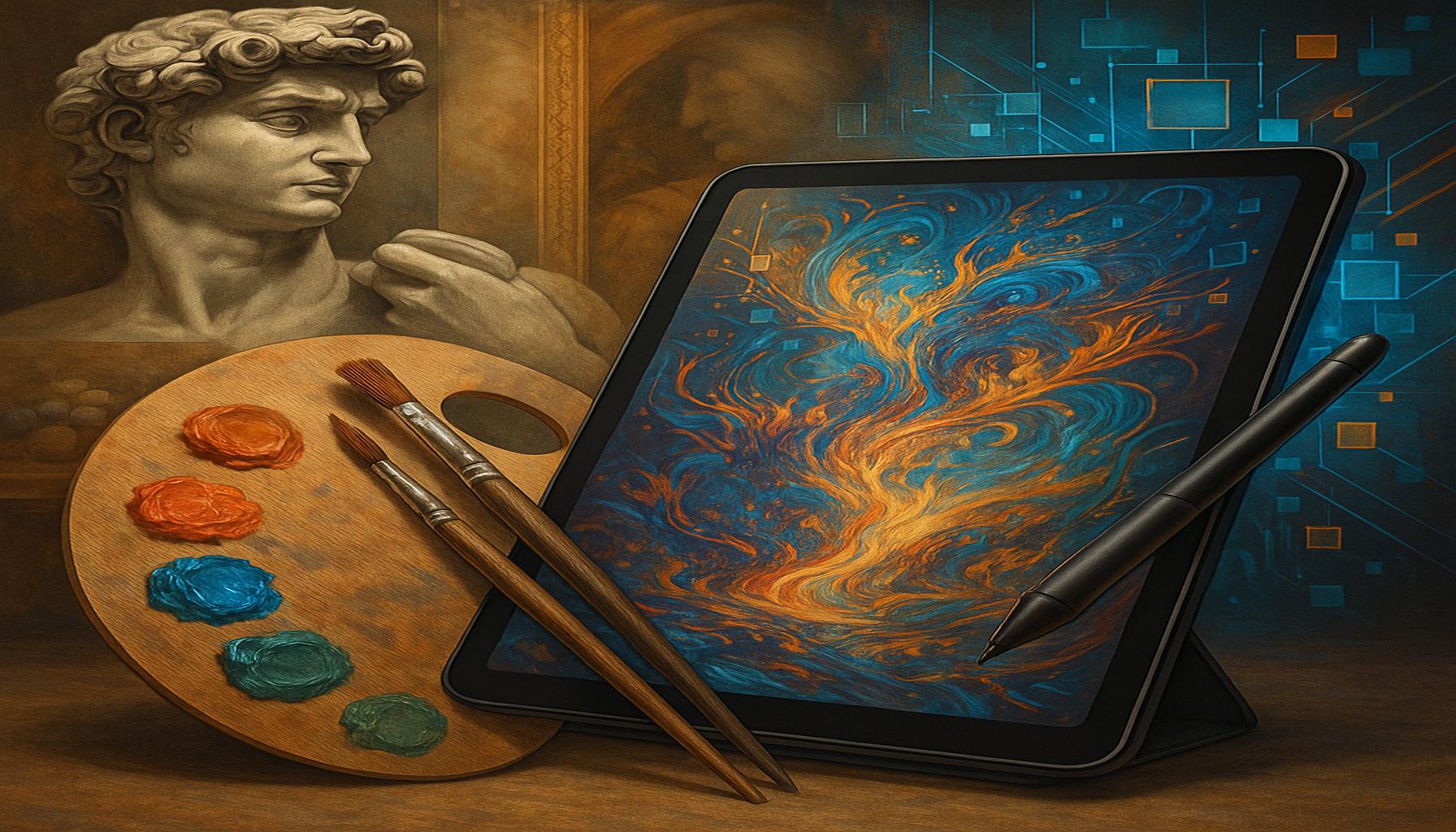Dance as a Form of Artistic Expression: Movements that Tell Stories
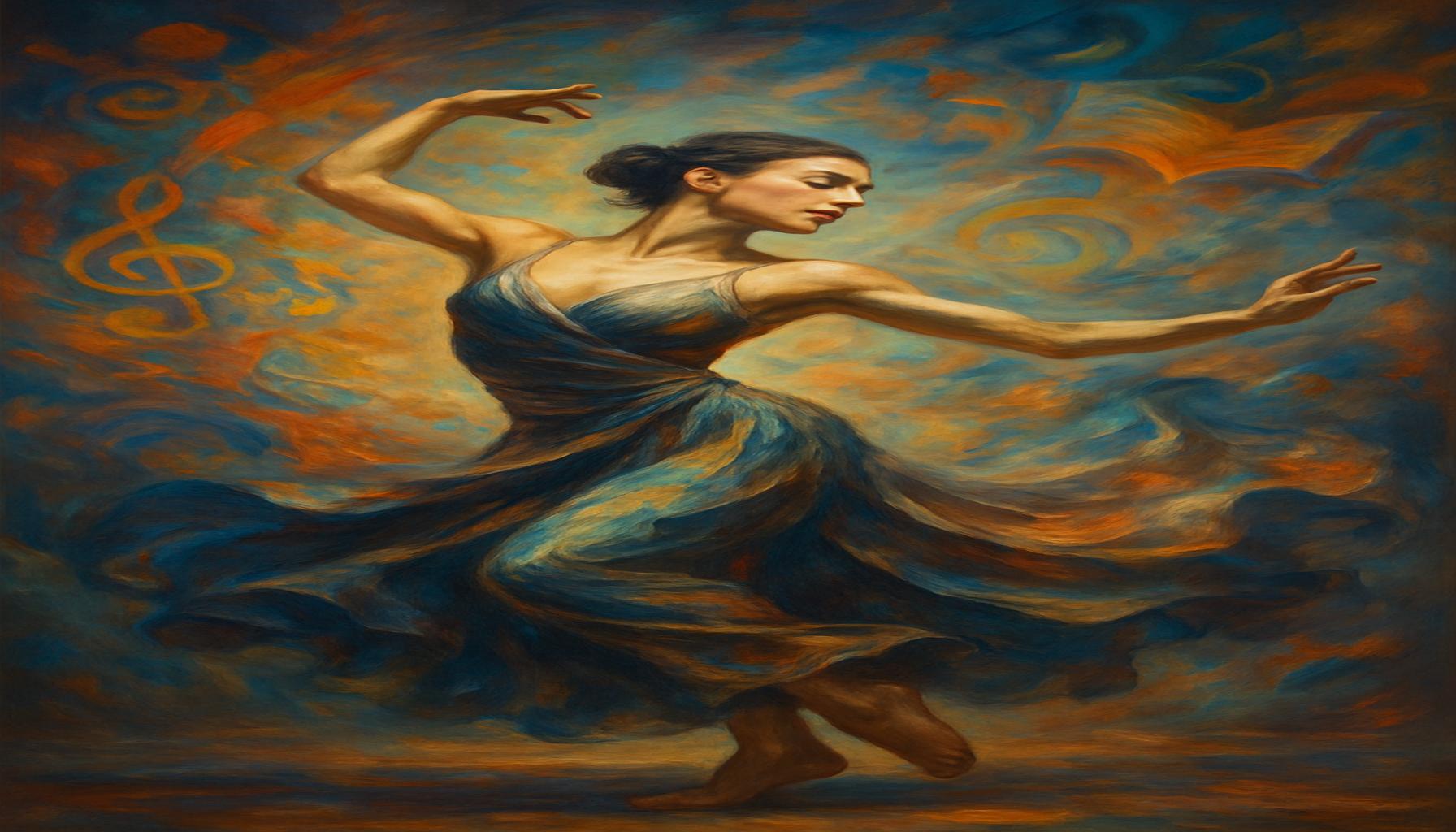
The Transformative Nature of Dance
Every time the lights dim and the music swells, dance transforms movement into an evocative storytelling medium. This art form is a powerful conduit for expressing complex emotions and narratives, enabling individuals and communities to share their experiences without uttering a single word. Through intricate choreography, dancers convey a vast array of messages that resonate on multiple levels—culturally, socially, and personally. In the United States, notable stages such as Broadway, esteemed modern dance companies, and vibrant community performances showcase the profound impact of dance as an artistic expression.
Dynamic Dance Styles
Each dance style carries its own unique narrative power, allowing for diverse interpretations and stories to emerge:
- Ballet: This classical dance style is renowned for its elegance and technical precision. Ballet often tells mythical or romantic tales, such as “Romeo and Juliet,” where dancers express deep love and tragic fate without dialogue, relying solely on movement to relay the story. Productions often feature classic music scores that enrich the emotional depth of the narrative.
- Hip Hop: Emerging from urban culture, hip hop dance is not just a form of entertainment; it is a vibrant expression that reflects contemporary issues, personal stories, and community struggles. Dancers use powerful movements and improvisation to comment on societal themes, such as racism, inequality, and resilience, uniting audiences through shared experiences.
- Contemporary Dance: This genre is characterized by a fusion of styles, blending elements of ballet, modern, and jazz to create innovative storytelling avenues. Contemporary works often embrace social themes and cultural narratives, encouraging choreographers to play with form and expression. For instance, acclaimed companies like the Alvin Ailey American Dance Theater delve into African American history and culture, illustrating profound stories through their movements.
- Folk Dance: Each region in the U.S. boasts its own folk dance traditions, such as Appalachian clogging or Mexican folklórico. These traditional movements narrate the history and customs of different communities, preserving cultural heritage while inviting audiences to appreciate their origins and significance.
What makes dance an unparalleled vehicle for expression? It is the unique ability to communicate experiences and emotions through physicality. With each leap, turn, and gesture, dancers articulate feelings that resonate deeply with audiences, evoking both reflection and connection. The rhythmic nuances and choreographic choices facilitate a dialogue between performer and observer, inviting viewers into a space where stories unfold seamlessly through rhythm and motion.
As the lines blur between performer and audience, the immersive experience of dance transcends cultural and linguistic barriers. The body becomes the canvas, and movement becomes the language. In a world increasingly dominated by digital communication, dance holds a timeless relevance, reminding us of the power of collective experience and the universal themes that bind humanity together. This exploration of dance as a storytelling medium reveals profound connections between movement and narrative, urging us to consider the rich tapestry of life expressed through this captivating art form. Through continued appreciation and engagement, we can uncover the depths of human experience that dance masterfully encapsulates.
DIVE DEEPER: Click here to uncover the secrets of storytelling
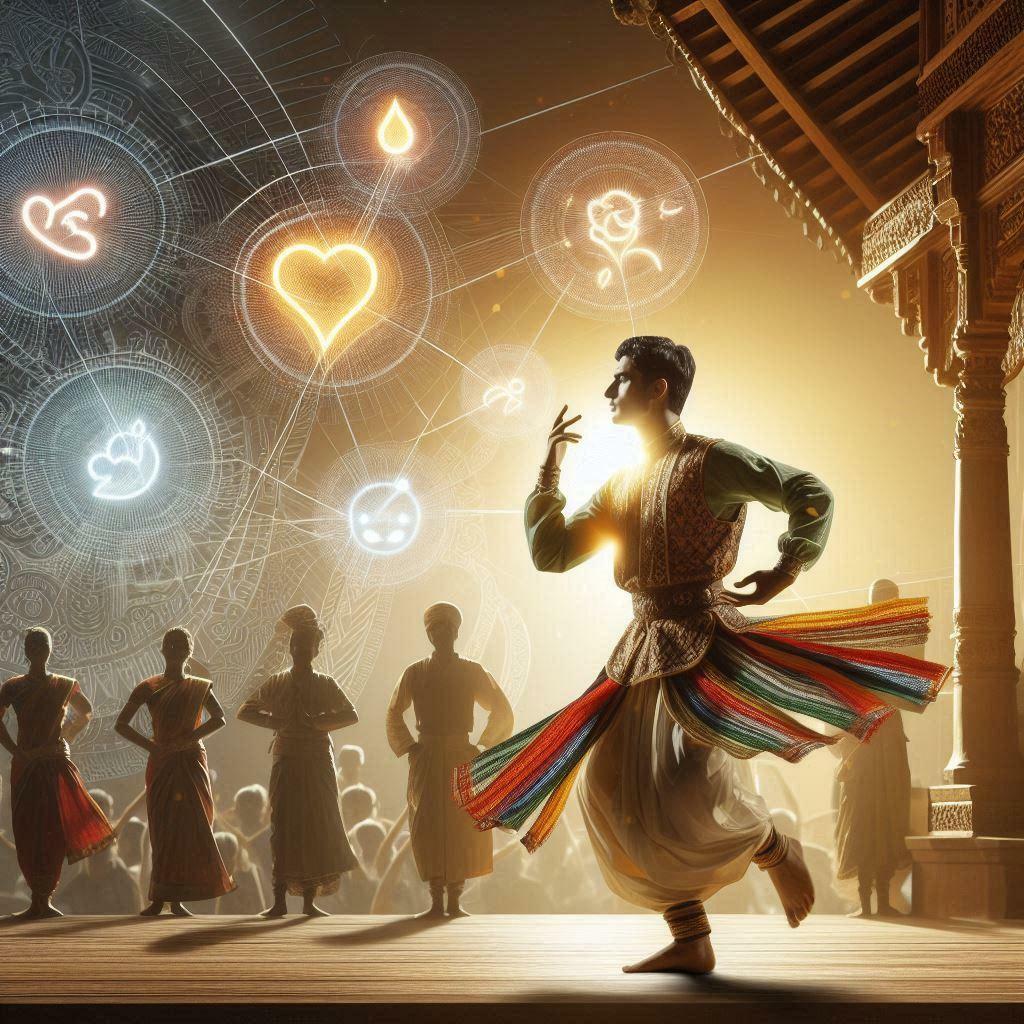
Unraveling the Storytelling Potential of Dance
The captivating world of dance is much more than a series of graceful movements; it serves as a profound artistic expression that weaves intricate stories through the language of the body. At its core, dance touches upon the shared human experiences that transcend geographical and cultural boundaries. Each gesture, posture, and step is meticulously crafted, communicating emotions ranging from joy and love to sorrow and despair. The way in which dancers connect through movement can evoke an introspective journey for the audience, prompting them to reflect upon their own narratives.
Dance as a storytelling medium is prevalent across various cultures and styles, underscoring its versatile nature. The intersection of movement with narratives allows dancers to express personal stories or larger societal themes that resonate with viewers. Notably, here are some common elements that highlight the impact of dance in story conveying:
- Emotion through Movement: Dance vividly expresses feelings that might be challenging to articulate verbally. Dancers often draw from personal experiences to channel raw emotions, allowing audiences to connect on a deeper emotional level.
- Characters and Archetypes: By embodying different characters or archetypes, dancers can portray universal roles that reflect society, history, and culture. This character-driven approach not only enhances audience engagement but also supports cultural preservation.
- Symbolism and Metaphor: Choreographers often use visual symbols and metaphors within dance routines, creating layered meanings that prompt viewers to reflect on broader themes and issues. The flexibility of interpretation creates a powerful discourse between performance and audience.
- Collaboration with Other Art Forms: Dance increasingly collaborates with music, theater, and visual arts, enhancing the storytelling experience. The synergy between these art forms enriches narratives, providing deeper layers of meaning and context.
Throughout history, dance has served as a platform for cultural expression, often reflecting the societal values and struggles of its time. For instance, the civil rights movement saw the rise of artistic expressions that explored themes of freedom and identity, with dance emerging as a rallying cry for change. Dancers like Alvin Ailey used their performances to tell stories of African American experiences, bridging past and present in powerful ways that continue to resonate today.
As we traverse the vibrant landscape of dance, we unearth the techniques and narratives that make this medium a compelling storyteller. Each performance is an invitation to enter the psyche of the dancer, to experience their journey through movement, and to engage with the deeper narratives that flow through their art. By exploring diverse dance forms and their inherent narratives, we begin to appreciate the artistic complexities that elevate dance beyond mere performance, revealing its capacity to tell stories that resonate across time and space. This exploration exemplifies how, through dance, we can unmask the multifaceted tales of humanity and our shared existence.
Dive Deeper into the World of Dance Storytelling
Dance as a form of artistic expression extends beyond mere movement; it is a profound language that conveys emotion and narrative. Each step, gesture, and formation holds significance, telling stories that resonate deeply with audiences. This form of storytelling is not confined to a single genre; it encompasses a variety of styles, from ballet to contemporary, hip-hop to traditional folk dances. Each genre brings its own unique storytelling techniques and strengths, showcasing the dancer’s ability to evoke feelings and evoke response through their body.When examining dance as storytelling, one must consider the crucial elements such as choreography, music, and thematic content. Choreographers weave intricate narratives into their dance pieces, often drawing inspiration from literature, history, or personal experiences. The integration of music enhances this storytelling, as rhythm, melody, and tone work conjunctionally to set the emotional stage for the performance. Additionally, the themes presented—be they love, loss, triumph, or struggle—forge a connection to the audience, inviting them to share in the experience.Moreover, improvisation plays a vital role in dance as storytelling. Many dancers use spontaneous movements to express their feelings in the moment, creating a unique narrative for each performance. This unpredictability adds an exciting layer of engagement for the viewer, as they are not merely watching rehearsed movements but experiencing the dancer’s raw emotion and interpretation of the story being told.To further appreciate the power of dance, it is essential to explore its cultural significance. Different cultures utilize dance to recount historical events, traditions, and spiritual beliefs, sometimes integrating storytelling through tribal dances or theatrical performances. In these instances, dance becomes a means to preserve cultural heritage, fostering a sense of identity while also educating audiences about deeper narratives that shaped the community.In the realm of theatre and film, dance serves as a critical device for storytelling, allowing characters to convey emotions that words cannot express. Musicals and ballet productions are poignant examples where dance elevates the narrative, bringing characters’ internal struggles and developments vividly to life. Such performances challenge the audience to interpret the layers of storytelling presented through every twist and spin.Thus, as we explore the dynamic and multifaceted ways dance serves as a means of artistic expression, we unearth a rich landscape of stories waiting to be told, each with the potential to inspire, provoke thought, and evoke deep emotional responses from all who experience them.
| Category | Advantages |
|---|---|
| Emotional Connection | Dance engages audiences on an emotional level, enhancing the impact of the story. |
| Cultural Representation | Through dance, various cultures can share their histories and traditions, promoting understanding. |
| Physical Expression | Movement conveys feelings and narratives that words often fail to capture. |
| Community Engagement | Dance fosters community involvement and connection, bringing people together in shared experiences. |
DISCOVER MORE: Click here to dive into the evolution of digital art
The Dynamics of Dance in Cultural Narratives
Dance is not merely a performance art but a living tradition that encapsulates the essence of cultural narratives. When examining famed dance forms—from the subtly expressive Argentine Tango to the elaborate storytelling of Indian Bharatanatyam—it becomes evident that each style offers a unique lens through which the intricacies of human experience can be interpreted. Moreover, dance provides a medium through which historical events and cultural ideologies can be conveyed, allowing viewers to appreciate the richness of human history through the lens of movement.
One of the most striking aspects of dance is its ability to adapt and evolve over time, often mirroring shifts in societal values. For example, hip-hop dance originated from the urban streets of the United States as a form of rebellion and self-expression among marginalized communities. Today, it has transcended boundaries and become a global movement, celebrating not just individual stories but powerful messages of resilience and hope that resonate deeply across cultures. Popular TV shows like “So You Think You Can Dance” and competitions like “World of Dance” have further amplified the storytelling dimension of hip-hop, inviting audiences to connect with the dancers’ journeys and their cultural roots.
Moreover, dance serves as an intimate reflection of personal and communal narratives. Many dancers draw on their heritage to express unique stories, conveying experiences rooted in their families, communities, or even their struggles for identity and acceptance. The choreography of contemporary dance often emphasizes this individuality, allowing dancers to create pieces that highlight their personal stories—often addressing social issues such as gender inequality, racism, and mental health. Notably, dancers like Jonah Bokaer and Crystal Pite have utilized their platforms to raise awareness about these pressing themes, reinforcing the notion that dance is an artistic expression laden with meaning.
Choreographers often employ structured storytelling techniques in their works, weaving narratives that engage both the eyes and the heart. Utilizing devices like tension and release—where movements reflect growing emotional intensity leading to a climax—choreographers motivate audiences to invest themselves emotionally in the piece. The renowned ballet “Swan Lake” is a prime example of this method, showcasing the tragic tale of love and loss through the poignant movements of the dancers, illustrating how classical dance forms can convey deeply felt narratives.
The integration of multimedia in dance performances has also revolutionized the storytelling aspect. A prominent example can be found in productions like “The Lion King”, where dance is intricately combined with advanced visual techniques, allowing for a robust storytelling experience. By employing projections, sound design, and innovative stagecraft, choreographers can create immersive environments that pull audiences into the narrative’s emotional core, showcasing how technology can enhance the expressive potential of dance.
As audiences continue to engage with dance—not only in theaters but also in digital spaces via platforms like YouTube and TikTok—the art form is ever-evolving, serving as a dynamic and powerful story-telling vessel. This digital transformation has opened up avenues for global participation, allowing diverse voices to contribute to the dance narrative, further emphasizing its role in reflecting collective human experience.
DIVE DEEPER: Click here to discover the evolution of crafting
Conclusion: The Enduring Power of Dance as Storytelling
In summary, dance transcends mere entertainment; it is a vital, evolving art form that serves as a powerful medium for expressing human experiences and cultural narratives. From traditional styles that celebrate vibrant histories to contemporary forms that challenge modern societal norms, dance continually adapts to reflect the emotional and social landscapes of our world. As we have seen through various examples—from the passionate expressions found in the Argentine Tango to the transformative power of hip-hop dance—each movement conveys deep stories that resonate with audiences on profound levels.
The integration of technology and multimedia into dance performances further enriches this art form, allowing it to reach global audiences and enabling new voices to emerge. Platforms such as YouTube and TikTok are not just avenues for sharing dance but also democratize storytelling, inviting people from diverse backgrounds to share their narratives through movement. This accessibility holds the potential to foster greater understanding and empathy among communities.
Ultimately, as we engage with the myriad layers of dance as artistic expression, we gain insight into the human experience, reflecting our struggles, victories, and cultural identities. Dance is, and will always be, a powerful force that transcends language and time, one that invites us to explore the narratives that make us uniquely human. As we continue to witness new innovations in this field, one thing remains clear: the movements we create and witness will tell stories, connecting generations across both space and time.

